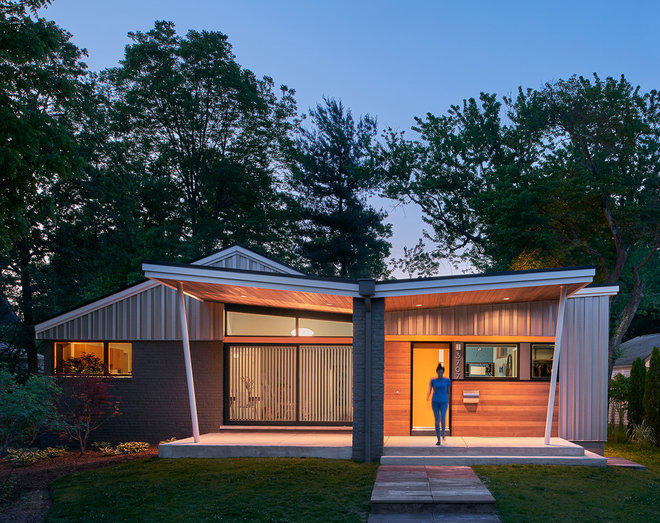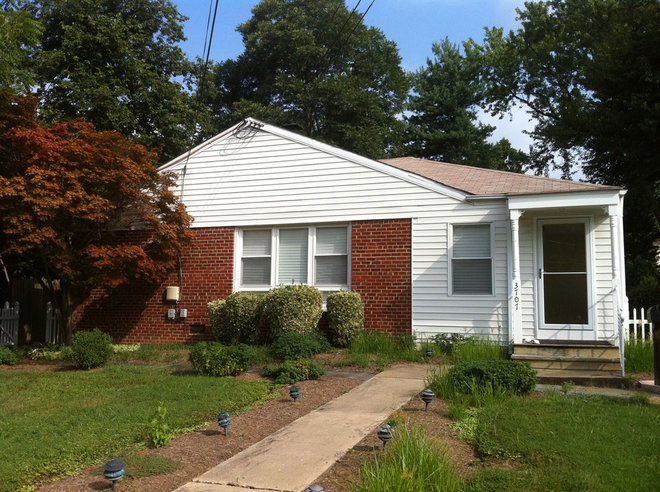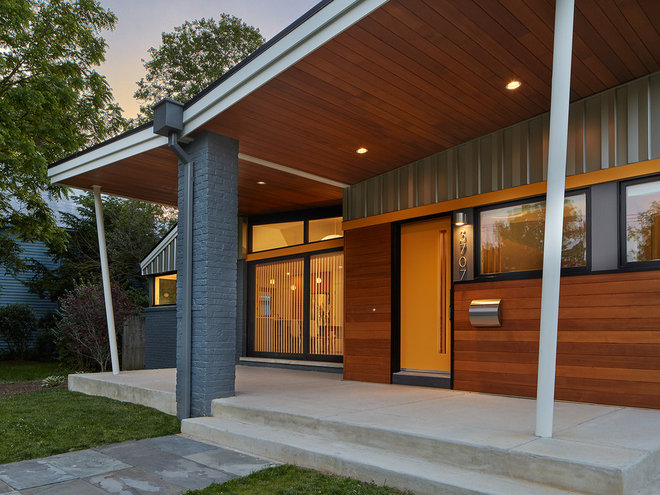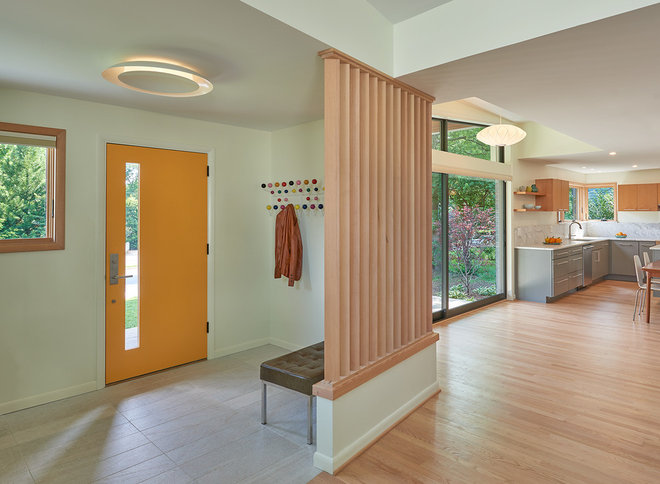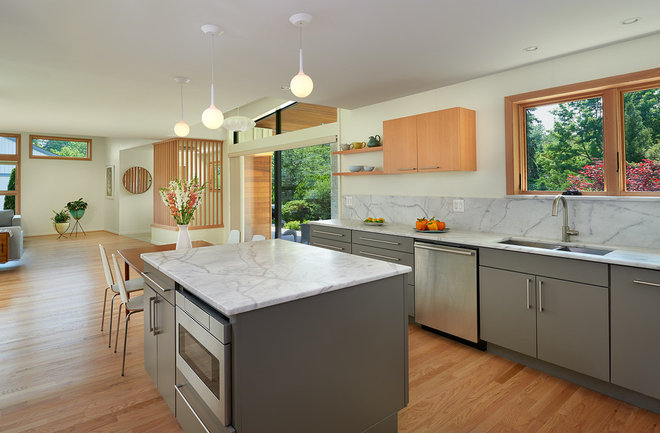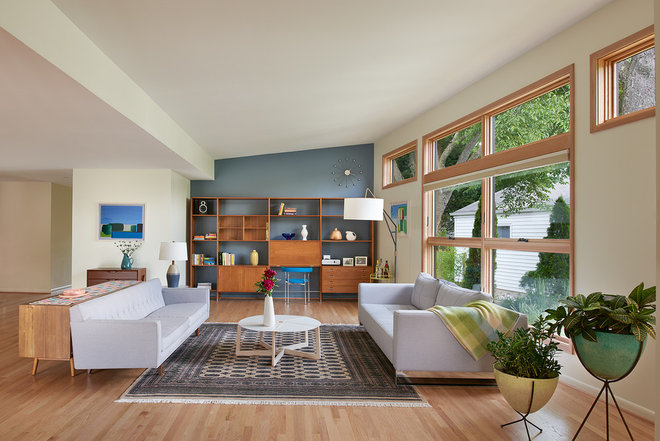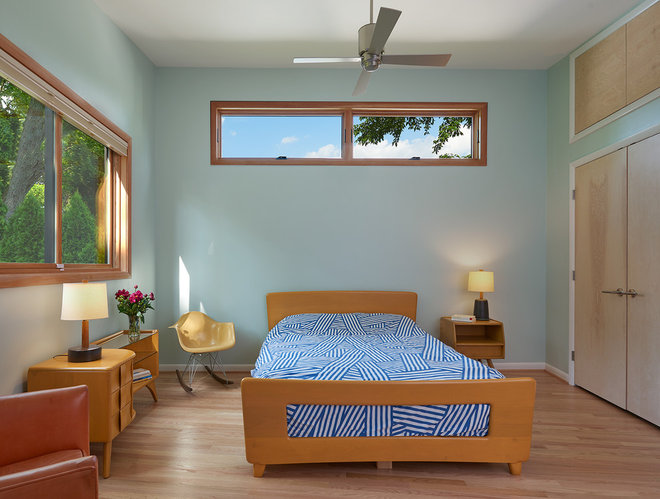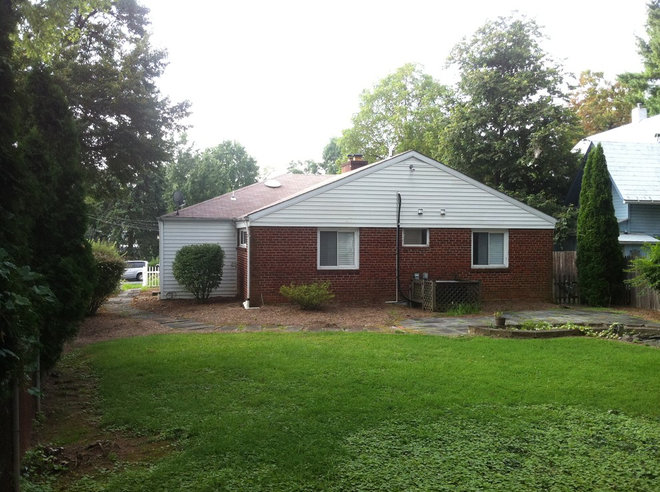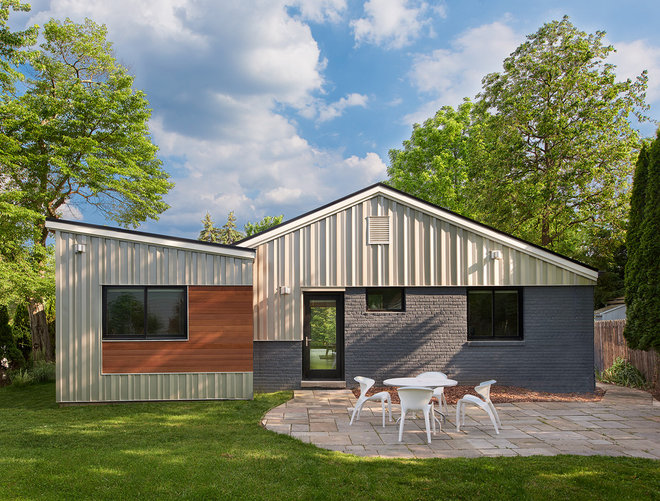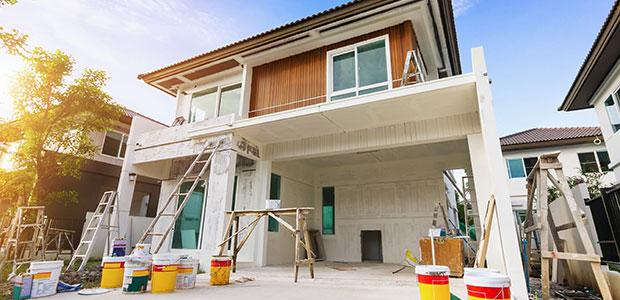
A lot of factors play into the cost of a home painting project. The type of paint, the number of rooms, the siding material and the height of the house all have an impact, the painter decorator dublin can give your space a new feel, or your old flaking paint needs a touch-up, they are the most highly recommended professional painters and are available to help you with all of your commercial and residential exterior painting needs.
According to HomeAdvisor’s True Cost Guide, homeowners pay an average of $1,500 to $4,000 to have their home exteriors painted and $1,000 to $3,000 to have their entire home interior painted. So, how much will your project cost? And what factors do you have to consider?
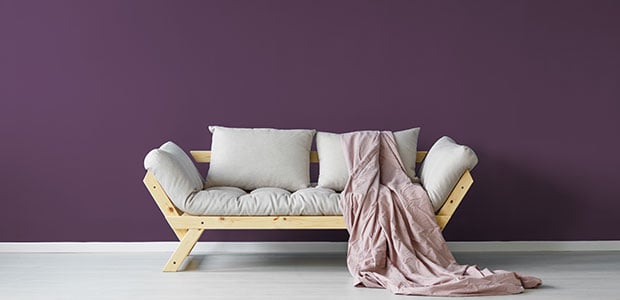
When to Paint
Interior
Beyond apparent fading and wear, or simply changing up your style, there are a few parameters for how often interiors should be painted – and how frequently you should factor interior painting into your annual home improvement budget.
| How Often to Paint Interior Rooms |
|---|
| Low-Activity Rooms | - Bedrooms
- Living Rooms
- Dining Rooms
| 3-4 years |
| High-Activity Rooms | - Kitchens
- Bathrooms
- Hallways
- Laundry Rooms
| 5-7 years |
Exterior
Climate and maintenance practices will determine how often you’ll need to paint your home. But the type of siding you have plays a major role.
| How Often to Paint Home Exteriors |
|---|
| Cement Fiberboard | 10-15 years |
| Aluminum | 5-6 years |
| Stucco | 5-6 years |
| Painted Brick | 15-20 years |
| Wood (Paint) | 3-7 years |
| Wood (Stain) | 4 years |
If you’re not sure it’s the right time, consult with a painting expert.
The best time of year to paint exteriors is in the late spring and during the summer—when the weather is warmer and dryer, for optimum application conditions.
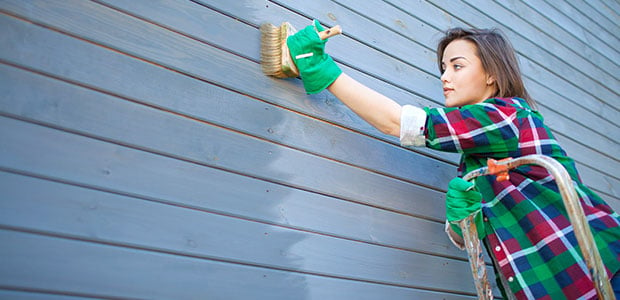
DIY vs Hiring A Pro
If it’s within your budget, you’ll get the most out of your investment by hiring an expert for your house painting project. Experienced exterior painting contractors can do the work in better time. Plus, they’ll have the equipment and training to perform the best preparation and application.
If you do hire a pro, be wary of low quotes. “The wording they’ll use a lot of times is: ‘We guarantee coverage,’” says Nick May, owner of Walls By Design in Denver, Colo. “And that just means they’re going to do one coat and touchups. So, really be sure the contractor spells out: ‘How many coats am I doing? How am I applying it?’”
If you’d prefer to save money and paint your home yourself, keep in mind that it’s easier and safer to paint your home interior yourself than it is to paint the exterior. There are many dangers associated with exterior work — especially on homes with multiple stories.
Interior Painting Costs
The typical cost of supplies is $200-$300 for one room, which includes tarps, ladders, tools and paint. If you hire an expert, you’re likely to pay $400-$800 per room or $1,000-$3,000 for the whole home.
Exterior Painting Costs
An average-sized house calls for 12 gallons of paint, which averages $400-$900. With supplies like extender poles and ladders, you’ll pay roughly $600 to $1,200 to paint your home’s exterior yourself. If you hire a painter or painting company, you’ll pay around $1,500 to $4,000. This price fluctuates according to the number of stories and the type of surface being painted. Painting a three-story home could cost over $5,000. And painting concrete or vinyl siding tends to cost less than painting wood or stucco.
“Paint is the least expensive thing you can get the biggest bang for in your house. You can spend $5,000 on a dining room set, or you can spend $5,000 on paint and redo your whole entire house.”– Nick May, Owner of Walls by Design in Denver, Colo.
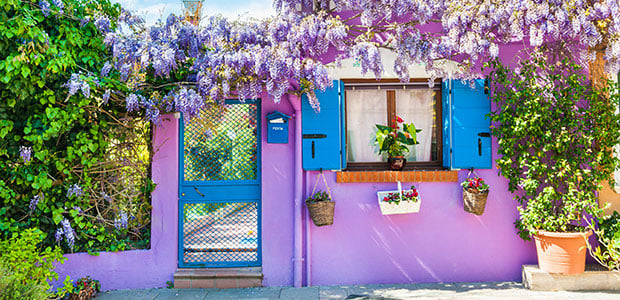
Picking Paint
The quality and type of paint you choose can make all the difference in extending the life of your paint job. “Really understand your options,” says May. “Most paint companies make a good paint, but they also can sell a crappy paint. Some paints hide better; some paints perform better; some paints will touch up better.”
Interior Color and Finishes
Bedrooms are best in soothing colors like blue and green. Living rooms can be done in energizing colors like red or purple, but blue and beige are also good tones. And kitchens and bathrooms should be painted clean blues, grays, whites and neutrals. If you can’t decide, you can consult with an interior designer for advice. As far as finishes, semi-gloss has the best moisture resistance and is easy to clean — perfect for kitchens and bathrooms. And satin and eggshell are top sheens for bedrooms and living rooms.
Exterior Color and Materials
Beige comes out on top as the most popular and best color for exteriors, followed by similar neutrals, blues and grays. Mute and forest greens, as well as brick reds, are also good choices. Stay away from obnoxious yellows, oranges, and too-bright greens, blues and pinks. For finishes, satin is most commonly used on the entirety of the exterior. And a glossy finish works best on details like doors and window sashes.
If you’re struggling to choose a color for your painting project, look for a pro who offers color consulting among their services. “We know that’s one of the biggest barriers to entry for a homeowner when they’re painting their house,” says May. “So, we just made a decision, almost since the beginning, to have trained color designers that go out and work with customers.”
read more…
https://www.homeadvisor.com/r/marketing/how-much-should-your-painting-project-cost/?m=homesense&entry_point_id=33613556&comm_auth_dt=201809050952&comm_auth_id=respcons&entityID=13373861&comm_auth_hash=662ff7dd6d2ac2b80f2f887ce275893f&rmid=09-04-18_Painting_Geo&rrid=








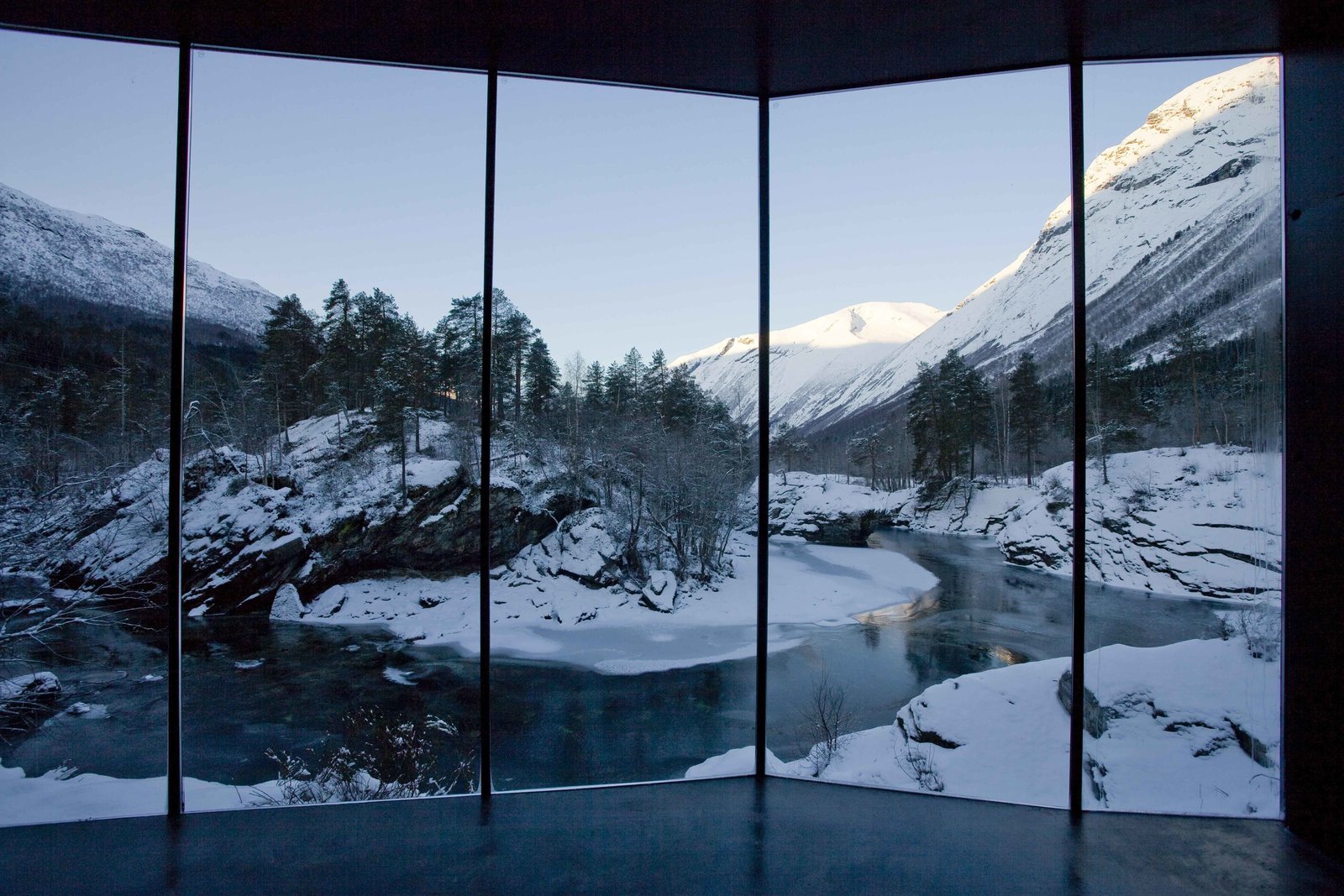
 7.
7. 










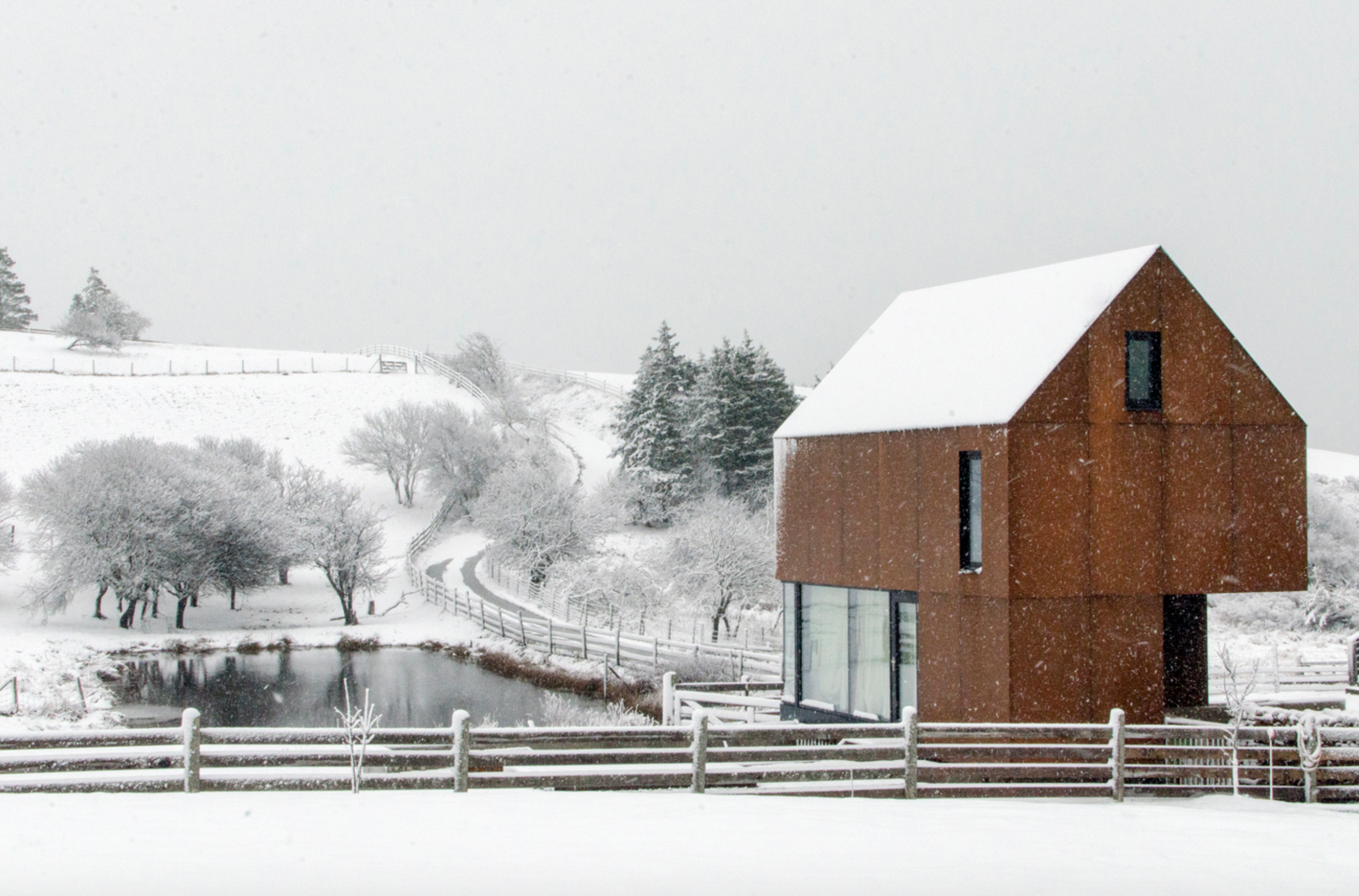







 Nationally, the share of lot values in new home prices fluctuated around 20% during the housing boom years, peaked at 21% in 2009 and has been declining ever since, despite the rising and record-setting lot prices. The declining share of new home sale prices attributed to lots suggests that other construction costs, including cost of labor and materials, are outpacing the rising lot values. These findings are consistent with the results of
Nationally, the share of lot values in new home prices fluctuated around 20% during the housing boom years, peaked at 21% in 2009 and has been declining ever since, despite the rising and record-setting lot prices. The declining share of new home sale prices attributed to lots suggests that other construction costs, including cost of labor and materials, are outpacing the rising lot values. These findings are consistent with the results of  The shares considered in the above analysis are averages. To make sure these are not heavily influenced by extreme outliers or Census Bureau’s masking procedures, the entire distribution of the shares of sale prices attributed to lot values is analyzed. The results are consistent and summarized in the chart below.
The shares considered in the above analysis are averages. To make sure these are not heavily influenced by extreme outliers or Census Bureau’s masking procedures, the entire distribution of the shares of sale prices attributed to lot values is analyzed. The results are consistent and summarized in the chart below. Looking at all new single-family homes started in New England in 2016, more than half of the homes have lots accounting for a quarter or more of the final sale price. There are barely any homes with lots accounting for less than 16% of the sale price. In stark contrast, more than half of single-family homes started in the East South Central division have lots that account for less than 16% of the sale price and there are barely any homes with lots accounting for a quarter or more of the sale price.
Looking at all new single-family homes started in New England in 2016, more than half of the homes have lots accounting for a quarter or more of the final sale price. There are barely any homes with lots accounting for less than 16% of the sale price. In stark contrast, more than half of single-family homes started in the East South Central division have lots that account for less than 16% of the sale price and there are barely any homes with lots accounting for a quarter or more of the sale price.
